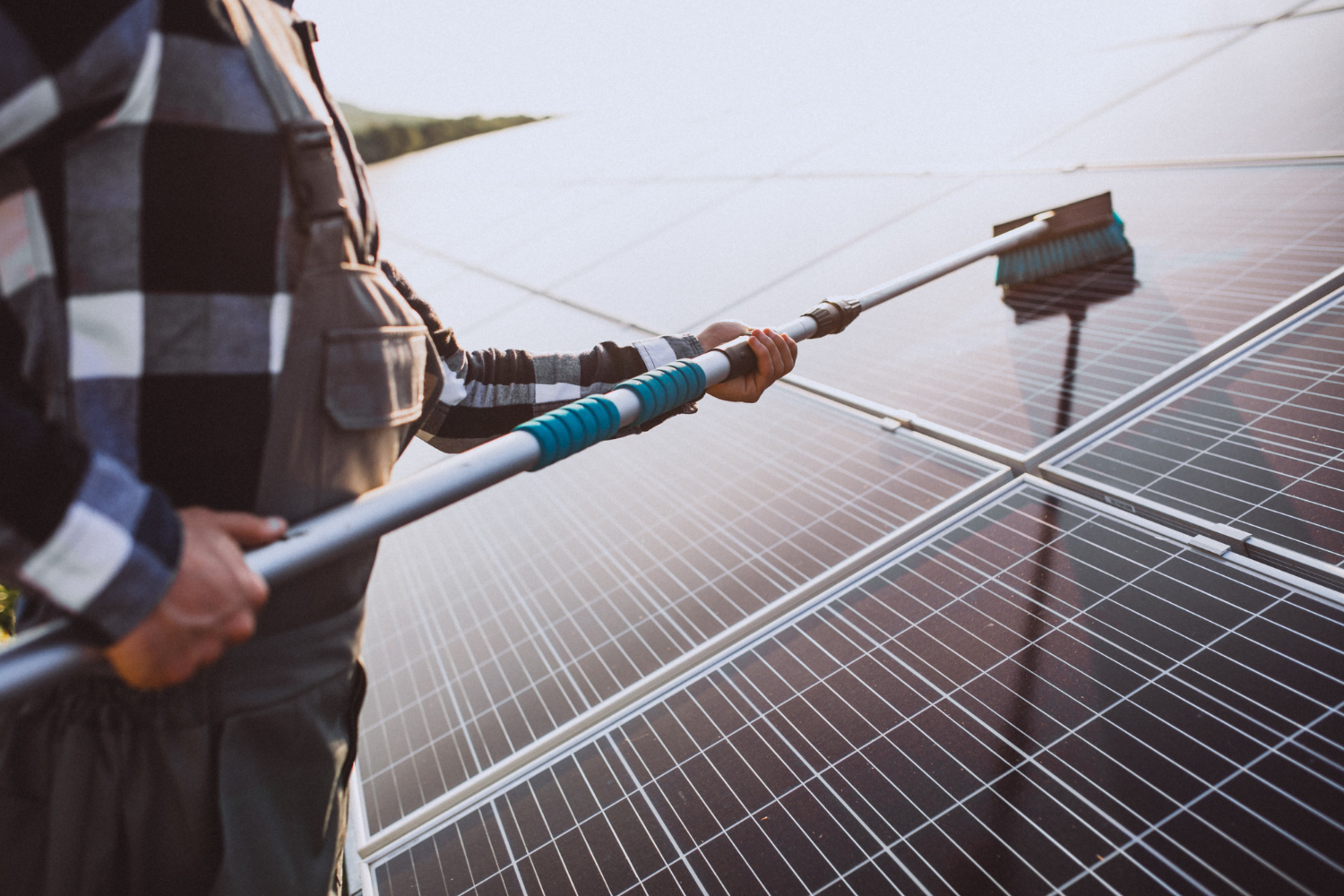
The world of sustainable energy solutions is on a constant rise, and here, solar panels take centre stage. These sun-soaking marvels not only reduce your carbon footprint but also lead to substantial savings on your energy bills. However, to truly maximise the residential solar panels investment, it is time to think about adding a battery to the existing solar panel system.
Learn how adding these solar batteries can prove to be a wise decision.
You may be wondering what are the benefits of adding a battery to your solar system. There are countless compelling reasons why this green enhancement is worth the investment:
Energy independence becomes easier when you have a battery integrated into the solar panels. You will no longer have to rely on the grid, and thus, you can gain the power of energy independence. This means you can store surplus energy generated during the day and use it when the sun goes down.
By storing your excess solar energy, you can reduce your dependency on electricity from the grid. Thus, lower energy bills and savings can now be easily achievable for you through solar batteries.
Solar batteries act as a reliable backup power source during blackouts or adverse weather conditions, ensuring that your essential appliances continue to function.
When you store solar energy, you ultimately decrease your reliance on fossil fuels. Thus, you can contribute to environmental betterment by decreasing your carbon footprint. This is just a small but essential step that contributes to a greener planet.
To ensure that the energy storage needs are met, you must choose the right-sized solar batteries. Keep these things in mind:
Knowing your energy consumption is the first step in determining the battery size. Therefore, begin by evaluating your daily energy consumption. This will help you gauge how much energy you need to store in your battery to cover your usage when the sun isn’t shining.
Track your energy usage patterns. If you have a lot of energy consumption during the evening or often experience power outages, a larger battery might be necessary.
Budget is another important factor in determining the size of the battery. This is because it is crucial to find the right balance between your energy needs and your budget. Solar batteries come in a variety of sizes and price ranges, so it’s important to select one that aligns with both.
Now, let’s talk about the cost involved in this green update. The cost of adding a battery to your solar system can vary widely based on several factors:
On average, the cost to add a battery to an existing solar system can range from $5,000 to $15,000 or more, depending on the above factors.
Adding a battery to your solar system is not a simple task; it is a complex process that requires knowledge and skill. But don’t be intimidated by the complexity of adding a battery to your solar system. You can do it by following these steps:
By adding a solar battery to your existing solar system, you can reduce your energy bills and carbon emissions significantly. Although there is an initial investment required, the long-term benefits outweigh the cost. With energy independence and the ability to harness clean, green power around the clock, you’re not just upgrading your home – you’re shaping a brighter and more sustainable future.
To experience the advantages of a solar battery, contact us today at (07) 4183 0301 and embrace the benefits of a solar-powered life with battery backup.
Contact us now for a site survey and confirmation that we are able to supply you with half-price electricity.